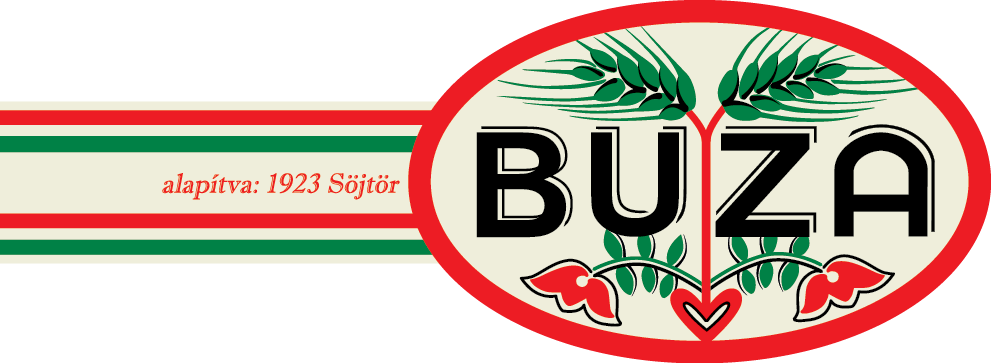Efficiency
coeducational) ? 2 (college student sex: men versus. female) ANCOVAs was used into the intercourse salience, part of most other-sex best friends, total mixed-intercourse anxiety in addition to about three anxiety subscales (find Desk eight). Most of the lead variables got skewness (between .040 to just one.2step 35) and you can kurtosis (anywhere between .488 so you’re able to .670) which were in this acceptable ranges . The newest estimated limited setting and you will important mistakes of your own outcome variables get in the Table 8 (correlations one of several study parameters is actually exhibited during the Desk Elizabeth for the S1 Document). The ANOVA abilities without covariates are in Table F from inside the S1 File. Mediation analyses was in fact held to explore whether or not school differences in combined-gender stress was basically mediated because of the combined-sex friendships and/otherwise intercourse salience. Every analyses managed to have adult income, adult education, quantity of brothers, number of sisters, university banding, new four size of sexual positioning, faculty, and pupil ages; the new analyses toward combined-sex stress together with managed to have societal anxiety.
Gender salience.
In contrast to Study 1, there were no main effects of school type or student gender and no interaction effects on gender salience. Therefore, H1 was not supported.
Percentage of most other-intercourse best friends.
There was a main effect of school type, with coeducational school students reporting a larger percentage of other-gender close friends than single-sex school students, p < .001, d = .47, supporting H2. There was also a main effect of student gender, with male students reporting a larger percentage of other-gender close friends than female students (p = .005, d = .27). Consistent with H4, there was no interaction effect with student gender.
Mixed-gender stress.
Single-sex school students reported higher levels of total mixed-gender anxiety (p = .009, d = .25), Social Distress in Dating (p = .007, d = .26), and Social Distress in Mixed-gender Groups (p = .007, d = .26) than coeducational school students. There was no main effect of school in Fear of Negative Evaluation. Therefore, H3 was largely supported. Male students reported higher levels of total mixed-gender anxiety (p = .020, d = .22) and Fear of Negative Evaluation (p = .008, d = .25) than female students. There were no main effects of student gender in Social Distress in Dating and Social Distress in Mixed-gender Groups. Consistent with H4, there were no interaction effects with student gender in all forms of mixed-gender anxiety.
Second analysis: Did college variations trust college or university year?
Comparing across the two samples, the differences between single-sex school students and coeducational school students were more pronounced in the high school sample, supporting H5. For example, gender salience and fear of negative evaluation differed between single-sex and coeducational school students only in the high school sample.
We subsequent held a few “College kind of (single-sex vs. coeducational) ? Beginner intercourse (male against. female) ? University seasons (first 12 months against. non-first 12 months)” ANCOVAs into the college sample (select Desk Grams inside secondary content) to check on for prospective school season outcomes. Results shown no chief effectation of college or university 12 months or any communications of college or university year.
Mediations.
As in Study 1, mediation analyses were conducted using PROCESS with 10,000 bootstrap samples and the same mediation model, except that for Study 2, the covariates were parental income, parental education, number of brothers, number of sisters, school banding, the four dimensions of sexual orientation, faculty, student age, and social anxiety. Each form of mixed-gender anxiety was analyzed separately (see Table 9). Percentage of other-gender close friends mediated the school differences in total mixed-gender anxiety, Social Distress in Dating, and Social Distress in Mixed-gender Groups, but not Fear of Negative Evaluation. Thus, H7 was partially supported. As in Study 1, there were no significant indirect effects of gender salience ohlala app on either total or any particular form of mixed-gender anxiety. Alternative mediation models were also conducted (see Figure A in S1 File for the generic alternative mediation model and Table H for the results). Results showed significant indirect effects of total mixed-gender anxiety, Social Distress in Dating and Social Distress in Mixed-gender Groups on the percentage of other-gender close friends.

